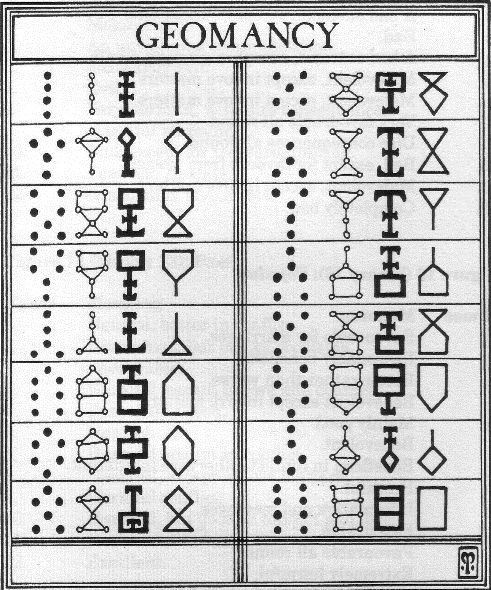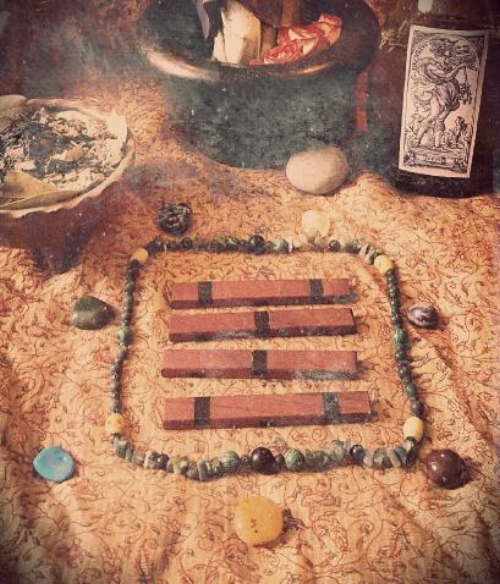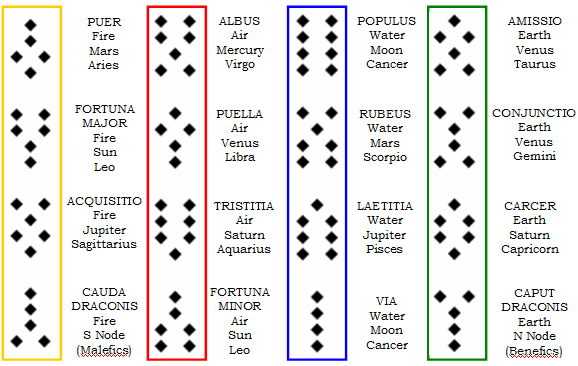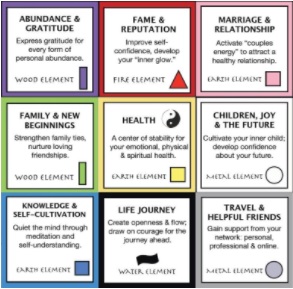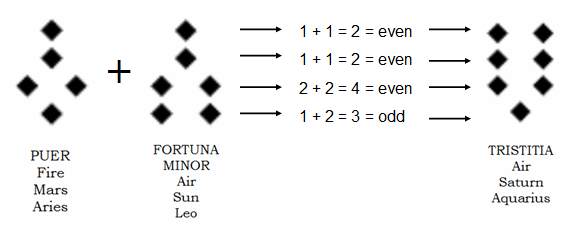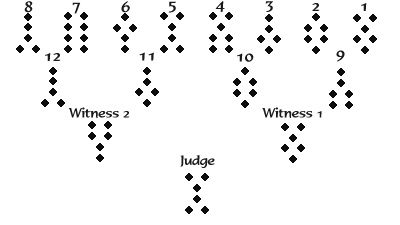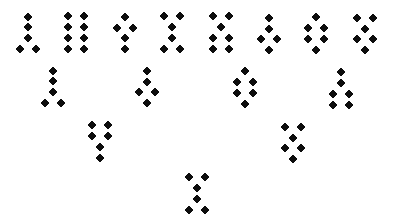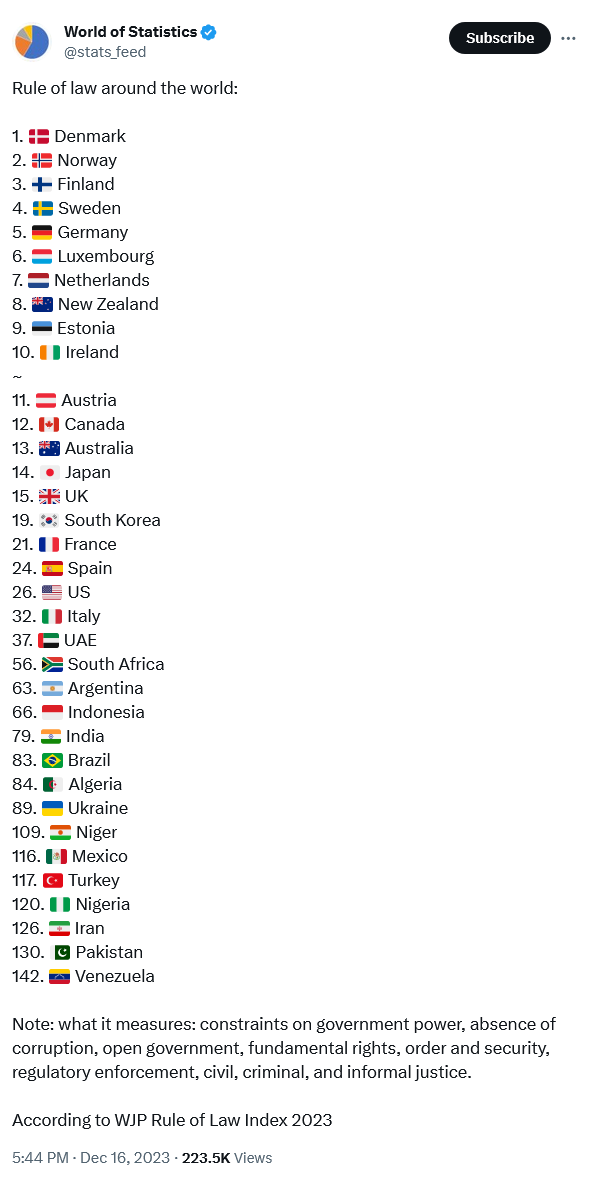Introduction
In the dynamic landscape of today's fast-paced world, individuals are increasingly turning to age-old practices for guidance and success. One such ancient art that has transcended time and culture is geomancy. This article delves into the fascinating world of geomancy, examining its historical roots, its relevance in the modern era, and the keys to its undeniable success.
Historical Foundations of Geomancy
To understand the success of geomancy in the present day, it is essential to trace its origins. Geomancy, also known as "earth divination," has its roots deeply embedded in ancient Chinese, Arabic, and European cultures. Emerging as a system of knowledge thousands of years ago, geomancy aimed to decipher the subtle energies of the earth and their influence on human life.
Transitioning through diverse civilizations, geomancy evolved into various forms, adapting to the beliefs and practices of different societies. Its ability to endure the test of time highlights the profound impact it has had on individuals seeking insight and success.
Geomancy in the Modern Context
In an era dominated by technological advancements and scientific rationality, the resurgence of interest in geomancy may seem paradoxical. However, as individuals grapple with the complexities of contemporary life, there is a growing realization that ancient wisdom can offer valuable perspectives. Geomancy, with its holistic approach to harmonizing the environment and energies, has found a renewed relevance.
Success Stories and Testimonials
Numerous success stories attest to the efficacy of geomancy in the modern context. From individuals seeking career advancements to entrepreneurs striving for prosperity, the principles of geomancy have provided a guiding light. Through in-depth case studies, this article explores real-life examples of how geomancy has played a pivotal role in achieving success, both personally and professionally.
The Role of Geomancy in Architecture and Design
One area where geomancy has witnessed a remarkable resurgence is in architecture and design. Architects and designers are increasingly integrating geomantic principles into their projects to create spaces that not only aesthetically please but also enhance the well-being of occupants. This section examines the symbiotic relationship between geomancy and the built environment, shedding light on how conscious design can contribute to success.
Decoding the Secrets of Geomancy
To comprehend the success behind geomancy, it is imperative to unravel its core principles and techniques. This section serves as a comprehensive guide, providing insights into the methods employed by geomancers to harness the energies of the earth.
The Art of Feng Shui
Central to the practice of geomancy is the ancient Chinese art of Feng Shui. This section delves into the principles of Feng Shui, exploring how the arrangement of objects and the flow of energy within a space can influence success, wealth, and overall well-being. Practical tips and case studies illustrate the transformative power of Feng Shui in both residential and corporate environments.
Geomantic Divination Techniques
Another facet of geomancy lies in its divinatory techniques, where practitioners tap into the earth's energies to gain insights into the future. From casting geomantic figures to interpreting patterns in the landscape, this section provides an in-depth exploration of divination methods and their role in decision-making and achieving success.
Navigating Challenges with Geomancy
Success is often accompanied by challenges, and geomancy offers valuable tools to navigate through them. This section explores how geomantic principles can be applied to address obstacles in various aspects of life, fostering resilience and adaptability.
Geomancy and Personal Growth
Beyond material success, geomancy is also a potent tool for personal growth and self-discovery. This section delves into the spiritual dimensions of geomancy, exploring how aligning with the earth's energies can lead to a deeper understanding of oneself and the path to true success.
Geomancy involves various calculations and interpretations, often using a set of symbols or figures derived from the manipulation of dots. One of the most well-known forms of geomancy is the "16 Geomantic Figures" system, which consists of 16 unique combinations of dots arranged in four rows.
Here's a brief overview of how geomantic calculations work using this system:
Generating the Mother Figures:
- Start by creating four random rows of dots, traditionally by making a series of random marks or using a random number generator.
- Each row is called a "Mother" figure, and it consists of one or two dots.
Deriving the Daughter Figures:
- From the Mother figures, four Daughter figures are generated by pairing the dots from adjacent rows.
- For each pair of Mother figures, count the total number of dots and determine whether it is even or odd.
Creating the Niece Figures:
- Niece figures are generated by pairing the dots from the Daughter figures in the same way as the Daughter figures were created.
- Again, determine whether the total number of dots in each pair is even or odd.
Forming the Court Figures:
- The Court figures are derived from the Niece figures in a similar manner.
- Count the dots in each pair to determine whether it is even or odd.
Identifying the Witnesses and Judge:
- The Witnesses are two figures formed by combining the first and last rows of dots.
- The Judge is a single figure formed by combining the second and third rows of dots.
Interpreting the Geomantic Figures:
- Each of the 16 Geomantic Figures is associated with specific meanings, qualities, and characteristics.
- Interpretations are based on the binary nature of the dots, where each row represents an element of fire, air, water, or earth, and the dots within each row represent the presence or absence of that element.
Reading the Chart:
- After obtaining the 16 Geomantic Figures and their associated meanings, a geomancer would arrange them in a specific chart or layout.
- The chart provides insights into various aspects of life, such as love, career, health, and overall fortune, depending on the positions and relationships of the figures.
It's important to note that geomancy requires a deep understanding of the symbolic meanings associated with each figure and the ability to interpret their interactions within the context of a specific question or situation. Practitioners often spend years refining their skills and intuition to provide accurate and meaningful readings.
Geomancy shares connections with several other divinatory and metaphysical practices, including astrology, astronomy, palmistry, and numerology. While each of these practices has its own distinct methods and principles, they often intersect in the broader context of seeking insights into the mysteries of life and destiny.
Astrology:
- Geomancy and astrology share a historical connection through their common roots in ancient divination practices. Both systems involve interpreting symbols and patterns to gain insights into individuals' lives and destinies.
- Astrology focuses on the positions of celestial bodies, such as planets and stars, at the time of a person's birth. Geomancy, on the other hand, often involves interpreting patterns on the earth's surface or within a space.
- Some practitioners integrate astrological principles into geomantic readings, considering celestial influences alongside earth energies.
Astronomy:
- While astronomy is the scientific study of celestial objects and phenomena, it has historical ties to ancient divination practices, including geomancy. Ancient cultures often looked to the stars for guidance and understanding.
- Modern geomancy may not directly incorporate astronomical observations, but the historical context and shared cultural influences underscore their interconnectedness.
Palmistry:
- Palmistry, or chiromancy, involves the interpretation of the lines and features of the hands to reveal insights into a person's character and future. Geomancy and palmistry share similarities in that they both use symbols and patterns for divination.
- Both practices can provide complementary perspectives on an individual's life, with palmistry focusing on the hands and geomancy considering the earth and its energies.
Numerology:
- Numerology is the study of the mystical significance of numbers and their influence on human life. Geomancy involves numerical calculations in the generation of its figures and charts.
- Both practices recognize the inherent symbolism and energy associated with numbers. Numerology can offer additional insights into the meanings of specific figures or aspects within a geomantic reading.
In essence, while each of these practices has its own unique methodologies and traditions, they often share a common foundation in the belief that symbols, patterns, and energies hold keys to understanding the mysteries of existence. Practitioners may choose to integrate aspects of these various disciplines, creating a more holistic approach to divination and self-discovery. The connections between these practices reflect the rich tapestry of human exploration into the realms of the unseen and the metaphysical.
Conclusion
In conclusion, the success of geomancy in the modern era is a testament to the timeless wisdom embedded in this ancient practice. By blending historical insights, real-life success stories, and practical applications, this article has aimed to unravel the secrets behind the enduring relevance of geomancy. As individuals continue to seek holistic approaches to success, the ancient art of geomancy stands as a beacon, offering guidance and harmony in an ever-evolving world.


